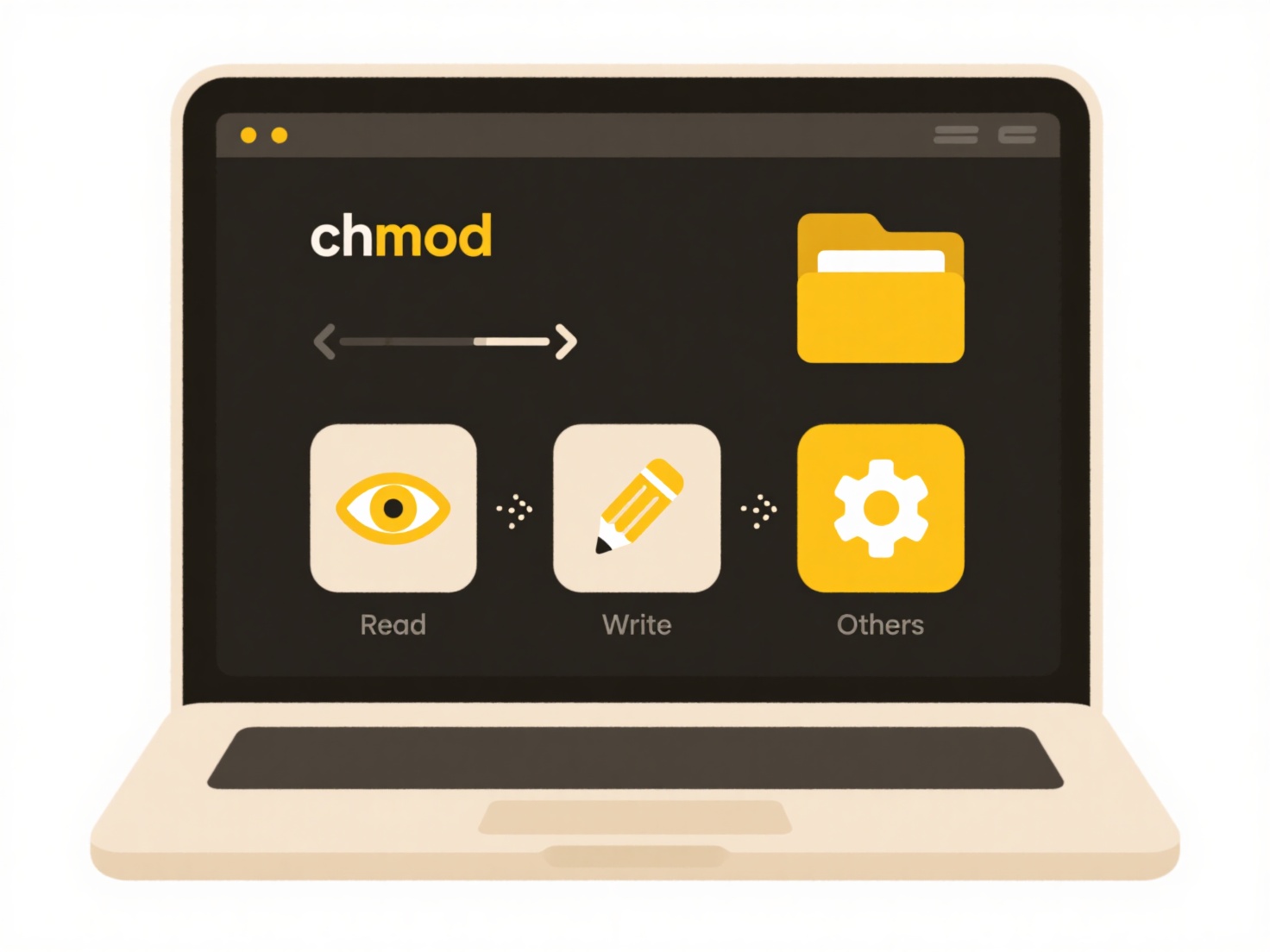
Merge conflicts occur when multiple developers edit the same section of a file in their separate branches, and the version control system cannot automatically reconcile these changes during a merge. When attempting to merge branches (like merging a feature branch into the main branch), Git flags these overlapping changes, pausing the process. Resolving involves manually reviewing the conflicting sections identified by markers (<<<<<<<, =======, >>>>>>>), deciding which changes to keep, editing the file to create the desired final version, and then completing the merge.

For example, two developers might change different lines in the same Python function signature on separate branches. When merging, Git flags this as a conflict. Developers then manually review the options in the file, discuss if necessary (e.g., using collaboration tools like GitHub or GitLab), edit the function to incorporate both intended changes or choose one, save the file, and mark it as resolved using git add. Another common scenario involves simultaneous edits to a configuration file like package.json by remote team members.
While necessary for maintaining code integrity, resolving merge conflicts can be time-consuming and disrupt workflow, particularly in large teams or complex projects. It encourages communication but highlights the importance of smaller, frequent commits and clear team coordination to minimize occurrences. Future improvements focus on smarter tooling, like enhanced diff views within IDEs or AI assistance, to streamline conflict identification and resolution.
How do I resolve merge conflicts in code files?
Merge conflicts occur when multiple developers edit the same section of a file in their separate branches, and the version control system cannot automatically reconcile these changes during a merge. When attempting to merge branches (like merging a feature branch into the main branch), Git flags these overlapping changes, pausing the process. Resolving involves manually reviewing the conflicting sections identified by markers (<<<<<<<, =======, >>>>>>>), deciding which changes to keep, editing the file to create the desired final version, and then completing the merge.

For example, two developers might change different lines in the same Python function signature on separate branches. When merging, Git flags this as a conflict. Developers then manually review the options in the file, discuss if necessary (e.g., using collaboration tools like GitHub or GitLab), edit the function to incorporate both intended changes or choose one, save the file, and mark it as resolved using git add. Another common scenario involves simultaneous edits to a configuration file like package.json by remote team members.
While necessary for maintaining code integrity, resolving merge conflicts can be time-consuming and disrupt workflow, particularly in large teams or complex projects. It encourages communication but highlights the importance of smaller, frequent commits and clear team coordination to minimize occurrences. Future improvements focus on smarter tooling, like enhanced diff views within IDEs or AI assistance, to streamline conflict identification and resolution.
Related Recommendations
Quick Article Links
How do I notify team members about potential duplicates?
Notifying team members about potential duplicates involves identifying similar records or entries that may unintentional...
Does Wisfile support custom naming templates?
Does Wisfile support custom naming templates? Wisfile provides robust support for custom naming templates to tailor f...
Why do shared edits lead to file conflicts?
Shared edits occur when multiple users simultaneously modify the same file. A file conflict arises when their changes ov...